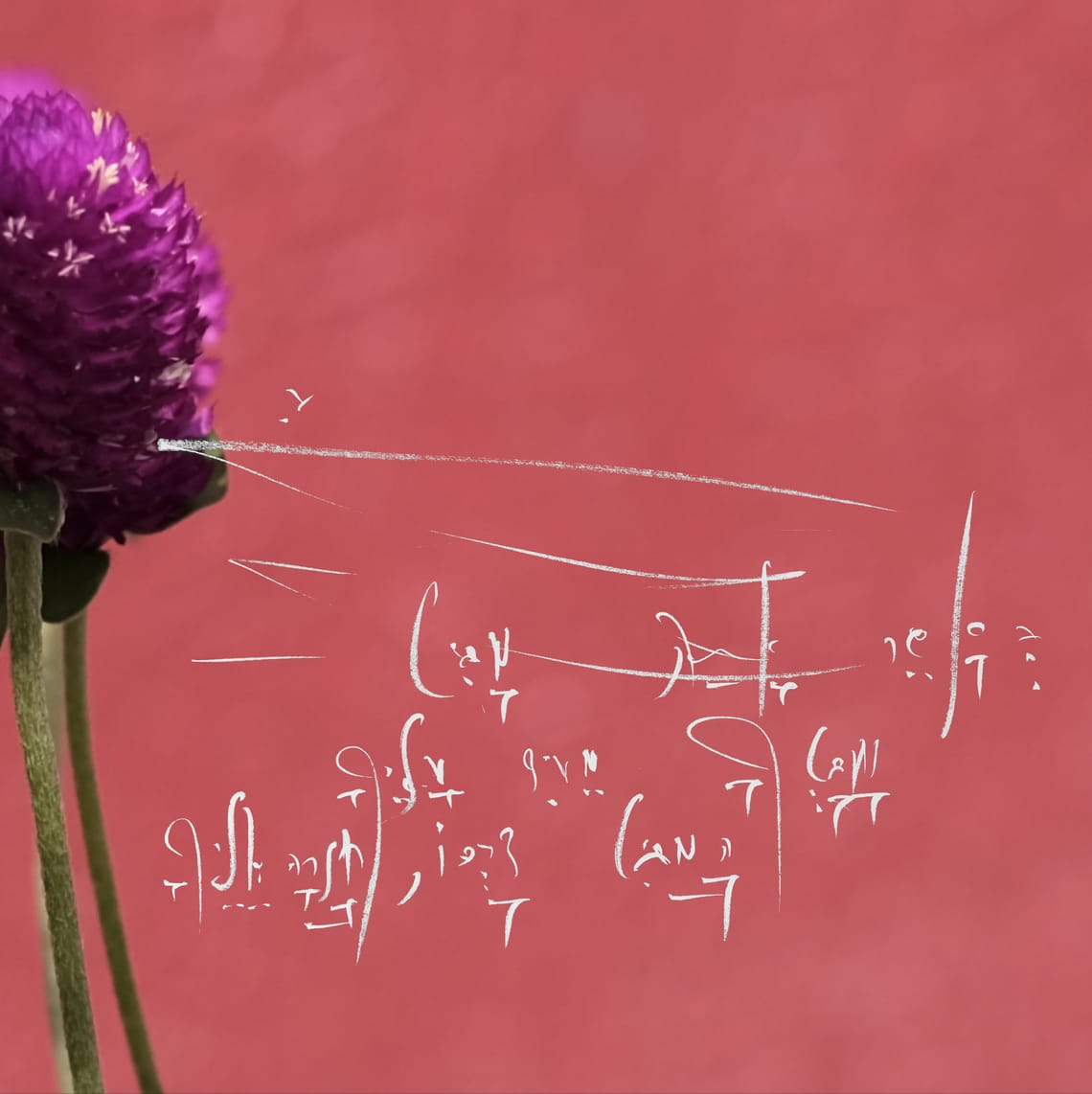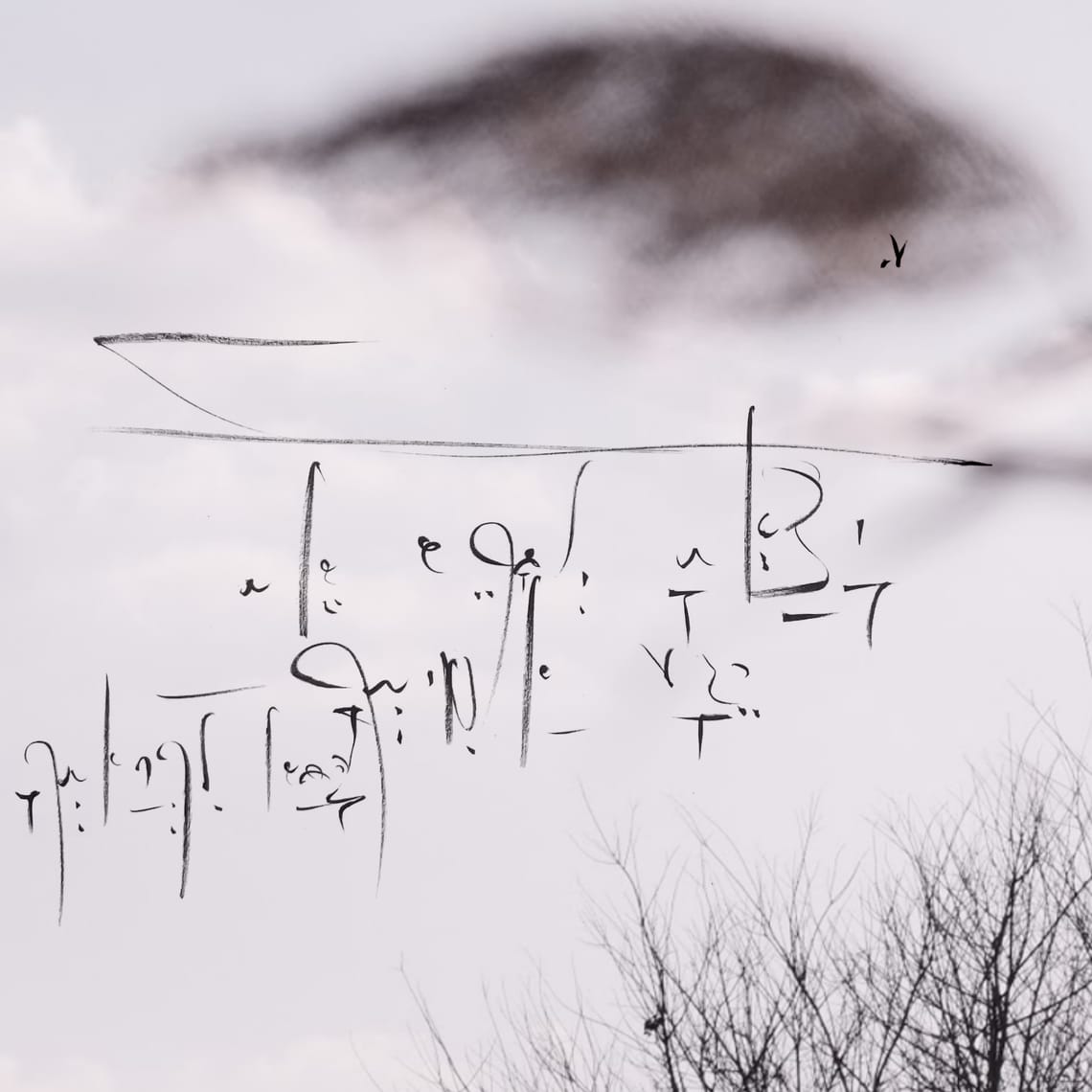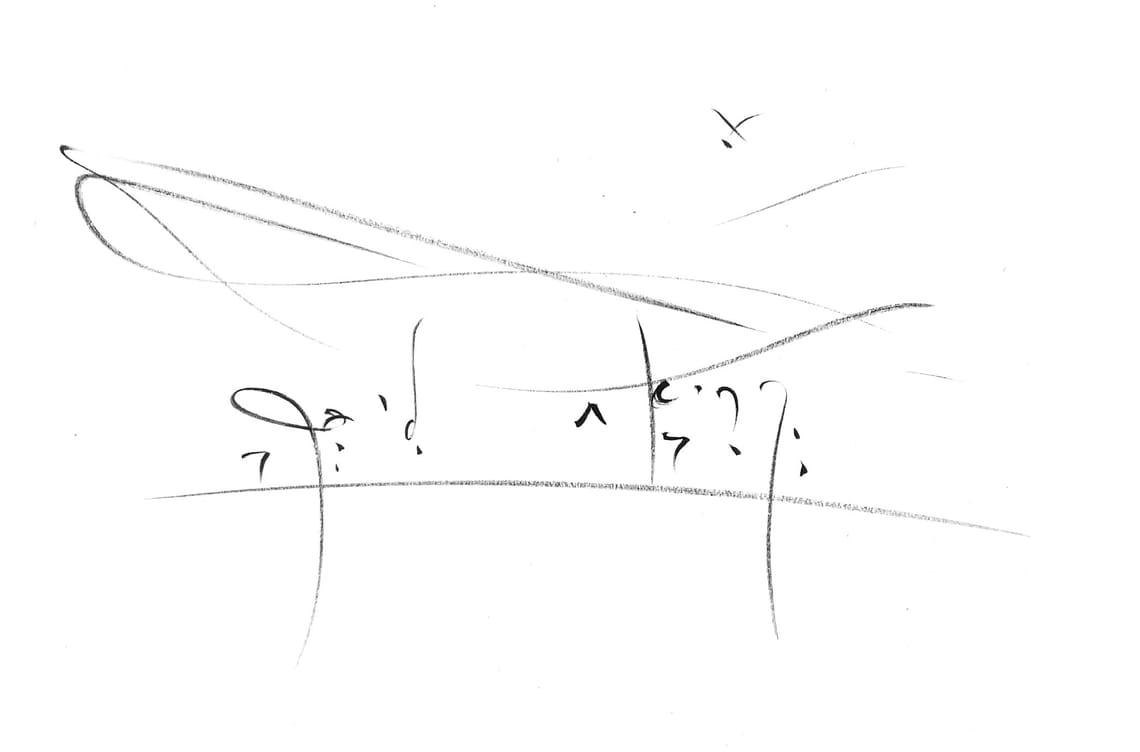Disclaimer: This analysis presents a preliminary mapping exercise designed to assist researchers in identifying potential correspondences between the radical creative framework of 5QLN and current cutting-edge scientific investigations. This exploration aims to establish initial research pathways rather than definitive conclusions, offering scientists entry points for examining how 5QLN's innovative approach may align with emerging empirical findings across neuroscience, psychology, and complex systems research.
The 5QLN (5 Quality of Life Now) framework presents a revolutionary approach to understanding the creative process through five interconnected phases. This comprehensive analysis examines potential correspondences between each component of the framework and contemporary scientific research, demonstrating areas where 5QLN's radical concepts may align with empirical findings in human creativity and emergence.
The Neuroscience of Receptive States and Creative Emergence
The START phase of 5QLN, characterized by the equation S = ∞0 → ?, describes the emergence of authentic questions from a state of pure receptivity. This concept shows intriguing correspondence with contemporary neuroscience research on the Default Mode Network (DMN), a collection of brain regions that become active during rest and introspective states.
Research by Raichle and colleagues established that the DMN, comprising the posterior cingulate cortex, medial prefrontal cortex, and angular gyrus, serves as more than a "task-negative" network. Instead, it functions as a generator of creative ideas and novel insights. The DMN's role in spontaneous cognition and self-referential thinking appears to parallel the 5QLN concept of the "infinite zero" state—a receptive condition that allows novel questions to emerge without forced intention.
The correspondence becomes even more compelling when examining research on unconscious processing and creativity. Dijksterhuis and colleagues demonstrated that periods of unconscious thought, where conscious attention is directed away from a problem, consistently produce more creative and original solutions than focused conscious deliberation. Their experiments showed that unconscious thought leads to more inaccessible items and items diverging from cues, potentially matching the 5QLN description of authentic questions arising spontaneously from receptive states.
Furthermore, research on incubation effects in creativity provides additional areas of correspondence. Sio and Ormerod's meta-analysis revealed that creative breakthroughs are significantly more likely when individuals engage in periods of reduced conscious effort, allowing unconscious processes to reorganize information. This may align with the 5QLN principle that authentic questions emerge not through force but through allowing the mind to enter states of receptive potential.
Fractal Structures and Self-Similar Patterns in Creative Systems
The GROWTH phase equation G = α ≡ {α'} describes how a core essence maintains its identity while expressing itself through self-similar patterns across different scales. This concept shows potential correspondence with research on fractal structures in biological and cognitive systems.
Recent neuroscience research has documented extensive fractal properties in brain organization at multiple levels. Studies using advanced neuroimaging techniques have revealed that brain networks exhibit scale-free properties from the microscale of individual neurons to the macroscale of global connectivity. The research demonstrates that fractal geometry characterizes both structural connectivity and functional dynamics, with similar organizational principles appearing at cellular, circuit, and system levels.
Particularly intriguing is research showing that human behavior itself exhibits fractal characteristics. Gilden's comprehensive review documented fractal patterns in mental rotation, lexical decision, visual search, and various cognitive performances. This research reveals that the same self-similar patterns found in neural architecture also manifest in behavioral outputs, potentially supporting the 5QLN concept that creative processes naturally organize into fractal patterns.
The self-organizing fractal theory (SOFT) proposed by Gatenby provides additional areas of correspondence. This theory demonstrates that certain organizational structures and processes are scale-invariant and occur repeatedly across all levels of biological organization. The research shows that these fractal patterns arise through self-organization in accordance with nonequilibrium thermodynamics, potentially aligning with the 5QLN proposition that creative essence naturally expresses itself through self-similar patterns without external control.
Resonance Theory and Authentic Alignment
The QUALITY phase, expressed as Q = φ ∩ Ω, describes the natural intersection between authentic self-nature and universal context. This concept shows correspondence with emerging research on cognitive resonance and stochastic resonance in decision-making systems.
Van der Groen and colleagues demonstrated that adding optimal levels of neural noise through transcranial stimulation enhances perceptual decision-making, specifically for subthreshold stimuli. Their research revealed that this stochastic resonance effect occurs when the brain achieves optimal alignment between internal processing states and external information—potentially matching the 5QLN description of natural intersection between self-nature and universal context.
Research on authentic decision-making provides additional areas of correspondence. Studies by Kerem and Lombrozo found that people favor intuitive over deliberative processes when authenticity matters in decision-making. Their experiments demonstrated that individuals naturally seek resonance between their inner states and choices, potentially supporting the 5QLN principle that quality emerges through authentic alignment rather than forced analysis.
The concept of cognitive resonance as described in recent communication research further suggests correspondence with this phase. Studies show that algorithmic systems create resonance through alignment between individual preferences and information exposure, demonstrating that natural intersection states can be identified and measured scientifically. This research reveals that resonance states are characterized by reduced cognitive conflict and increased coherence, potentially matching the 5QLN description of the quality phase as a moment of natural harmony.
Flow States and Transient Hypofrontality
The POWER phase equation P = δE/δV → ∇ describes how the ratio of energy invested to value created reveals natural gradients for effortless action. This concept shows remarkable correspondence with research on flow states and transient hypofrontality in creative performance.
Research by Kounios, Rosen, and colleagues at Drexel University's Creativity Research Lab used neuroimaging to reveal potential neural mechanisms underlying flow states. Their studies demonstrated that creative flow involves two key factors: extensive experience leading to specialized brain networks, plus release of conscious control to allow automatic processing. Most significantly, they found that flow states are characterized by decreased activity in the superior frontal gyrus, an executive control region, potentially supporting the concept of reduced energy expenditure in optimal performance states.
The transient hypofrontality hypothesis proposed by Dietrich provides intriguing correspondence with the effortless action principle. Research shows that during flow states, there is temporary suppression of analytical and meta-conscious capacities, allowing implicit systems to operate with maximum efficiency. This neurobiological evidence may align with the 5QLN proposition that optimal action follows natural gradients requiring minimal conscious effort.
Limb and Braun's pioneering fMRI studies of jazz improvisation revealed that creative flow involves extensive deactivation of the prefrontal cortex and boost in sensorimotor areas. This research demonstrates that peak creative performance occurs when the brain shifts from effortful control to effortless execution, potentially matching the 5QLN description of power as the path of least resistance.
Network Effects and Value Propagation
The VALUE phase equation V = L ∩ G → ∞ describes how local actualization intersects with global propagation to create infinite, non-depleting value. This concept shows correspondence with research on network effectsand emergent value creation in complex systems.
Comprehensive analysis by NFX demonstrated that network effects have accounted for approximately 70% of value creation in technology companies over the past two decades. Their research revealed that companies leveraging network effects exhibit asymmetric upside, punching above their weight in terms of value generation. This may align with the 5QLN principle that value creation follows exponential rather than linear patterns when local and global elements align.
Research on emergent properties in complex systemsprovides additional areas of correspondence. Studies demonstrate that emergence involves the creation of something new that could not be expected from component parts alone. This research shows that when local elements interact and form synergies, they create combined outcomes with added value above individual contributions, generating new levels of organization that become self-sustaining.
The concept of self-amplifying value creation shows correspondence with research on positive feedback loopsin network systems. Studies reveal that value-creating networks exhibit self-reinforcing dynamics where initial success attracts more participants, which creates more value, which attracts even more participants. This research demonstrates that sustainable value creation systems naturally develop characteristics that may correspond to the infinite, non-depleting properties described in the VALUE phase.
Integrative Correspondence: Coherent Research Pathways
The potential correspondence between 5QLN and scientific research extends beyond individual phase examination to encompass the interconnected nature of these research domains. Recent advances in network neuroscience and complex systems theory demonstrate that creativity emerges through the dynamic interaction of multiple brain networks and cognitive processes.
Research on creative insight reveals that breakthrough moments involve coordinated activity across default mode networks, executive control networks, and sensorimotor systems. Studies using high-resolution neuroimaging show that creative solutions emerge through sudden reorganization of brain activity, involving rapid integration of previously disconnected information. This neural evidence may support the 5QLN model of creativity as an integrated, multi-phase process.
The gestalt psychology research on insight provides additional integrative correspondence possibilities. Studies demonstrate that creative solutions involve sudden restructuring of problem representations, characterized by the phenomenological "Aha!" experience. Recent neuroscience research has identified specific neural correlates of these moments, showing burst of high-frequency gamma waves in the right temporal lobe during insight. This research may align with the 5QLN description of creativity as involving discrete phase transitions rather than gradual accumulation.
Implications for Future Research Directions
The potential correspondence between 5QLN and scientific research suggests promising avenues for future investigation. Research demonstrates that flow states can be achieved through training people to release control when expertise is developed. This suggests that the 5QLN framework may provide a practical roadmap for optimizing creative performance by understanding the natural progression from receptivity through emergence to value creation.
Studies on neuroplasticity reveal that fractal patterns in the brain can be restructured throughout life. This research indicates that the self-similar patterns described in the GROWTH phase may be consciously cultivated, allowing individuals to develop more coherent and effective creative processes. The scientific evidence suggests that 5QLN may describe not just how creativity works, but how it can be systematically developed.
Research on unconscious processing demonstrates that creative insights can be enhanced through understanding the conditions that promote unconscious thought. This provides potential scientific pathways for investigating the 5QLN emphasis on receptive states and natural emergence rather than forced ideation.
Conclusions: 5QLN as a Research Correspondence Framework
This preliminary mapping reveals intriguing correspondences between major components of the 5QLN framework and peer-reviewed research across neuroscience, psychology, systems theory, and complex systems science. The framework appears to describe patterns that may align with scientifically documented processes of human creativity and emergence.
The START phase's emphasis on receptive states shows correspondence with research on default mode networks and unconscious processing. The GROWTH phase's fractal patterns may align with documented scale-free properties in neural and behavioral systems. The QUALITY phase's resonance principle potentially matches research on cognitive alignment and authentic decision-making. The POWER phase's effortless action concept may reflect findings on flow states and transient hypofrontality. The VALUE phase's network effects show correspondence with research on emergent value creation in complex systems.
Most significantly, the integrative nature of 5QLN—its description of creativity as involving coordinated transitions between distinct yet interconnected phases—may correspond with the emerging scientific understanding of creativity as a complex, multi-network phenomenon. The framework potentially provides a unified model that could bridge neuroscience, psychology, and systems theory, offering both theoretical coherence and practical research directions.
The correspondence mapping between 5QLN and current research suggests that this framework may represent a valuable starting point for scientists investigating human creative potential. By identifying potential alignments between radical creative insights and empirical research, 5QLN may offer researchers a novel lens for examining creative processes and developing new experimental paradigms. The framework's correspondence with scientific findings positions it as a potentially fertile ground for interdisciplinary investigation into the nature of creativity, emergence, and human potential.




